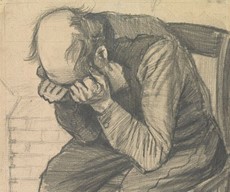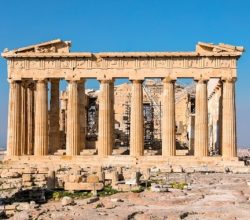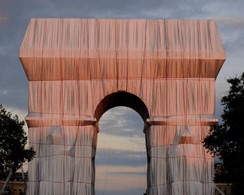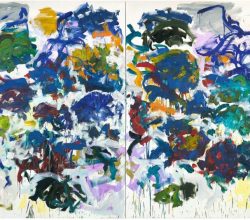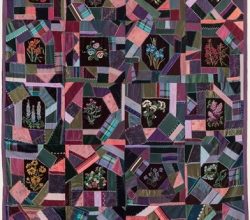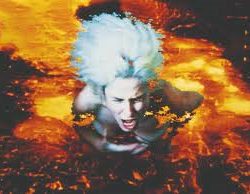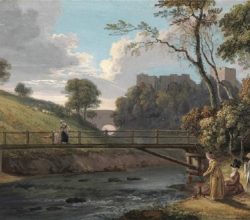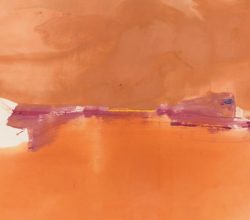
Helen Frankenthaler: Radical Beauty, Dulwich Picture Gallery review – adventures in print
Florence Hallett | the arts desk | 17th September 2021
Frankenthaler has long borne criticism that paintings as pretty as hers cannot be serious. What about her woodblock prints? Described as “visions of overwhelming beauty”, they have a familial link to her paintings. Woodblock printing is complex and signs of the technique, such as wood grain, add surface texture and ‘dimensionality’ to a work. By accentuating such effects, an evidently serious Frankenthaler achieved “a paradoxical distillation of all that is painterly”.


